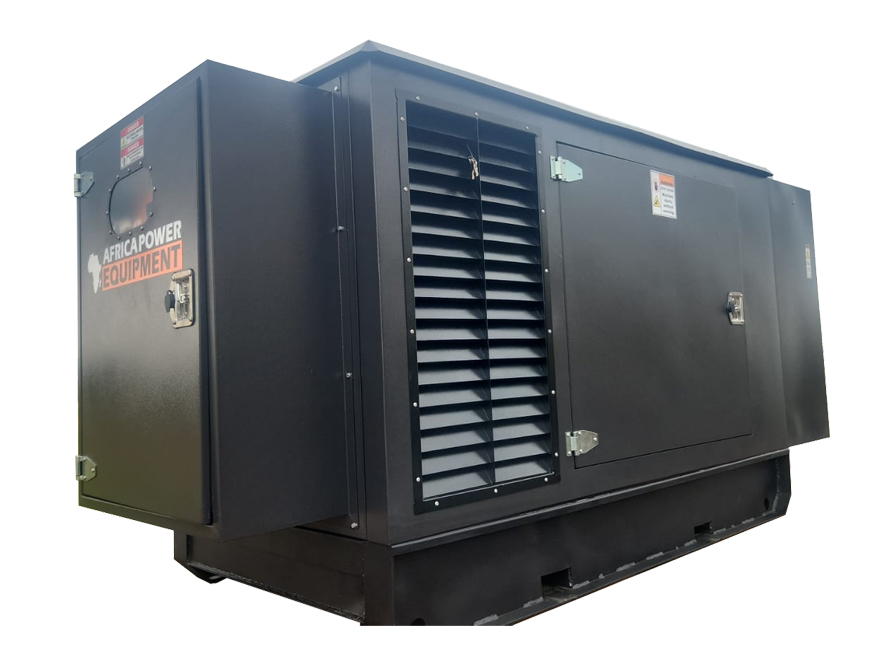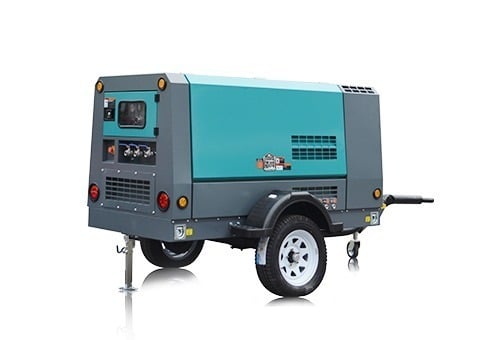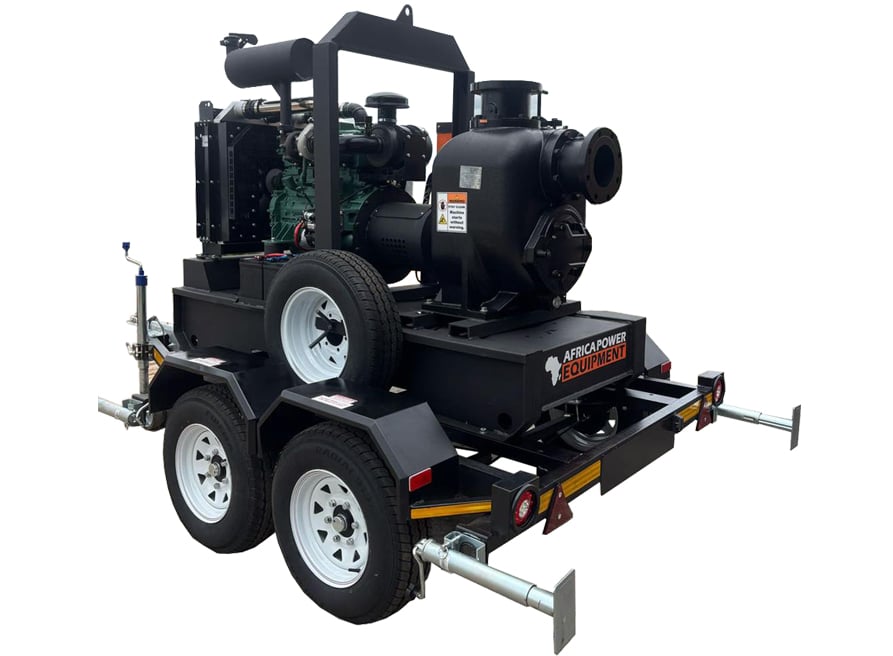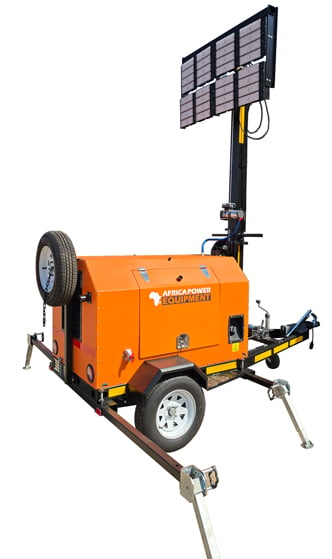Understanding CFM in Air Compressors: Why It Matters
When shopping for an air compressor, one of the most critical specifications you’ll encounter is CFM. But what exactly does it mean—and why is it so important when choosing the right compressor for your tools or industrial applications?
In this guide, we’ll break down what CFM is, how it’s calculated, and how to match it to your air-powered equipment.
💨 What Is CFM?
CFM stands for Cubic Feet per Minute, which is a measurement of airflow. It tells you how much air the compressor can deliver over a period of time. In simpler terms, it’s how much “breath” your compressor has to keep your air tools running efficiently.
🧠 Why Is CFM Important?
CFM is essential because every pneumatic tool requires a specific amount of airflow to operate properly. If your compressor delivers less CFM than required, the tool may:
-
Work intermittently
-
Underperform
-
Overheat or wear out faster
Choosing the right CFM ensures your tools get a consistent and adequate air supply.
⚖️ CFM vs PSI – What’s the Difference?
-
CFM (Cubic Feet per Minute): Measures volume of air delivered.
-
PSI (Pounds per Square Inch): Measures pressure of the air delivered.
Think of PSI as the force and CFM as the volume. You need both to match your tool requirements, but CFM is the more critical metric when choosing a compressor for tool performance.
📐 How Is CFM Calculated?
CFM can vary depending on:
-
Tank size
-
Motor power
-
Environmental conditions (temperature, pressure, humidity)
To standardize, manufacturers often use SCFM (Standard CFM), which is CFM measured at a standard condition:
14.5 PSI, 20°C (68°F), 0% humidity.
So, when comparing air compressors, look for SCFM ratings to get an accurate side-by-side comparison.
🔨 Common Tool CFM Requirements
| Tool | Required CFM (at 90 PSI) |
|---|---|
| Air Ratchet | 3–5 CFM |
| Impact Wrench (1/2”) | 4–5 CFM |
| Die Grinder | 5–8 CFM |
| HVLP Spray Gun | 6–12 CFM |
| Sandblaster | 10–20+ CFM |
| Air Hammer | 3–5 CFM |
| Orbital Sander | 6–9 CFM |
| Paint Sprayer | 12+ CFM |
💡 Tip: Add 25–30% extra CFM to your total if you plan to run multiple tools simultaneously.
🔁 Duty Cycle and CFM
The duty cycle is the amount of time a compressor can run continuously in a given period. For example, a 50% duty cycle means it can run 5 minutes out of every 10. Compressors with higher duty cycles can deliver higher effective CFM over longer periods.
🔧 Matching CFM to Your Needs
-
List Your Tools: Note the CFM and PSI requirements of all your air tools.
-
Calculate Total CFM: Add them up if you’ll use them at the same time.
-
Add Buffer: Add ~30% buffer to ensure continuous and reliable airflow.
-
Choose a Compressor: Select a model with higher SCFM output than your calculated needs.
🏠 Example: Choosing a Compressor for Home Use
Let’s say you want to use:
-
A nail gun (2 CFM)
-
A paint sprayer (8 CFM)
Total = 10 CFM
Add 30% buffer = 13 CFM
You’ll want a compressor rated for at least 13 SCFM at 90 PSI.
🔗 Related Articles
✅ Final Thoughts
Understanding CFM is crucial when buying an air compressor. It determines whether your tools will operate smoothly or sputter under pressure. Always check your tools’ air requirements and match your compressor’s SCFM rating accordingly.
Need help choosing the right compressor? Browse our range at PowerEquipment.co.za or speak to an expert for tailored advice.





